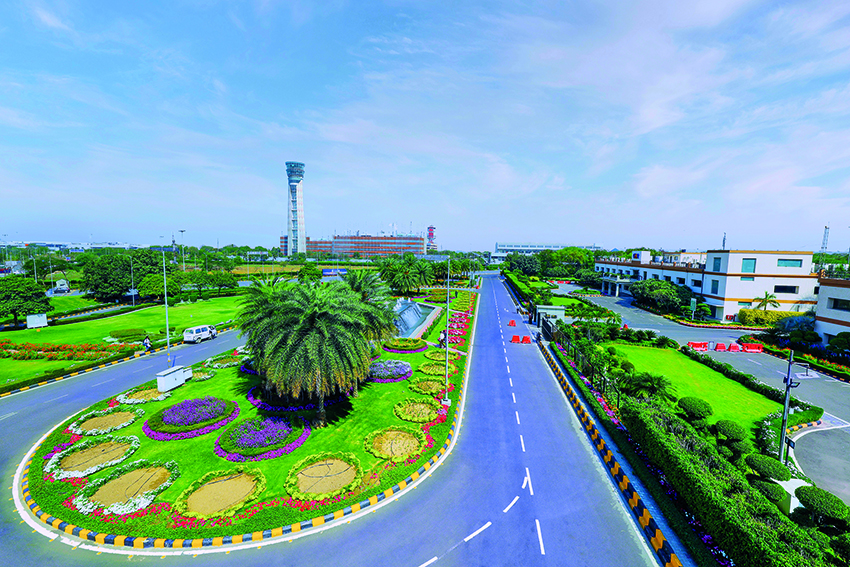
The aviation industry's environmental footprint has come under increasing scrutiny in recent years, with airports serving as focal points for implementing sustainable practices. As critical nodes in global transportation networks, airports face unique challenges in balancing operational efficiency, economic viability and environmental stewardship. The integration of sustainable practices in airport construction and development requires a multifaceted approach that encompasses energy management, resource conservation and ecosystem preservation.
Modern airport design prioritizes energy efficiency from the ground up. This begins with the building envelope, utilizing high-performance insulation materials and smart glazing systems that reduce heat gain and loss. The orientation of terminals and runways is carefully considered to maximize natural light and minimize energy consumption for heating and cooling.
Renewable energy integration is a game-changer in airport sustainability. Many airports are installing large-scale solar panel arrays on terminal roofs and in unused land areas. For instance, Cochin International Airport in India became the world's first fully solar-powered airport in 2015, generating more electricity than it consumes.
Some airports are also exploring wind power, geothermal energy and even experimental technologies like piezoelectric flooring, which generates electricity from passenger footsteps.
Water scarcity is a growing concern globally and airports are significant water consumers. Sustainable airport development incorporates advanced water management systems, including:
The choice of construction materials plays a crucial role in an airport's sustainability profile. Sustainable airports prioritize:
Waste management during construction and operation is equally important. Many airports are adopting "zero waste to landfill" policies, implementing comprehensive recycling programs and even using waste-to-energy technologies.
Sustainable airport development extends beyond the terminal buildings to include transportation infrastructure. This involves:
Airports often occupy large land areas, presenting both challenges and opportunities for biodiversity. Sustainable airport development includes:
As climate change impacts become more severe, airports must be designed and retrofitted to withstand extreme weather events and long-term climate shifts. This includes:
The integration of smart technologies is crucial for optimizing resource use and improving operational efficiency. This includes:
Achieving true sustainability requires a collaborative effort. Airports, airlines, construction companies and regulatory bodies must work together to implement and enforce sustainable practices. Incentives for adopting green technologies and transparent reporting of environmental impact are crucial steps.
Sustainable airport construction and development is not just a trend; it's a necessity. By embracing innovation, collaboration and a lifecycle approach, we can ensure that airports take flight on a path towards a greener and more sustainable future. This not only benefits the environment but also creates a healthier and more enjoyable travel experience for passengers and staff alike. The journey has begun and with continued commitment, we can build airports that soar not just in terms of connectivity, but also in terms of environmental responsibility.
If you need any services, drop us a mail at Rohitkumar.Singh@gmrgroup.in or get in touch with us at +919717199753.